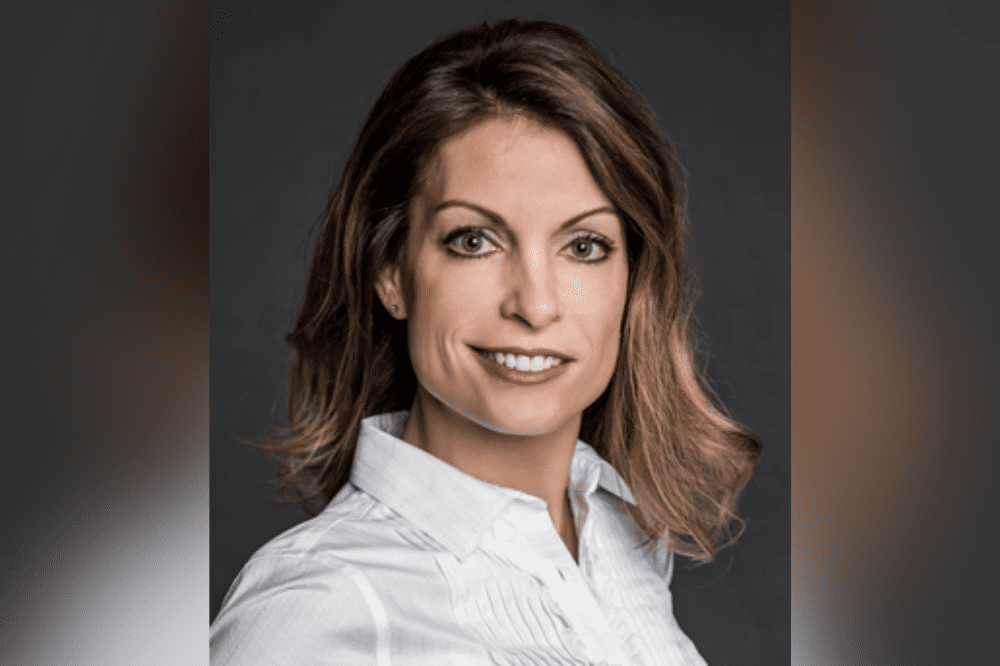"If we’re not engaging with our insureds, we’ve missed an opportunity"

How did you become a broker?
After ten years in the industry with Chubb and Willis, I had one of those once-in-a-career moments. During a return flight to Chicago from Nashville, I sat next to my future mentor, Terry Winkler. During that short one-hour flight, Terry shared the view of a very challenging and rewarding career as a wholesale broker and encouraged me to take a hard look at CRC. Did I mention I was 5-months pregnant? That moment changed my life.
What do you particularly enjoy about broking?
The work is incredibly engaging. Applying the industry knowledge that I’ve built over the past 20+ years to tailor an insurance program for my clients’ needs is very rewarding. Additionally, no two Insureds are alike, and no territory restrictions provide me tremendous flexibility to go anywhere to meet a carrier partner, agent or insured.
Can you tell me about your role – and its key responsibilities?
As a property and marine broker, I partner with insurance agents to develop comprehensive insurance programs for their clients. It is critical to build market strategies around placing an insurance program, developing market segmentation, and framing expected terms and conditions required for their exposures. Once this step is determined, I work with our insurance carriers to negotiate the best program.
What challenges and opportunities do you see for the insurance market in your region in 2022?
Challenges:
Major changes in the marketplace are now just being recognized. 2021 was the second most challenging year in the Industry for CAT. I expect the second part of 2022 to have similar headwinds, with many carriers and reinsurance markets reducing or canceling policies due to their 2021 losses. This is causing significant submission flow.
In addition to CAT, insureds with losses also see non-renewal notices or terms and conditions changes that they’ve not previously had to navigate. While there are carriers in the market offering new capacity, they are very selective about deployment.
Opportunities:
Preparation and being anticipatory is paramount. Early discussions to face the challenges mentioned earlier will allow agents to communicate more effectively with their clients. Transparent conversations can lead to crucial conversations; however, it will enable an excellent opportunity for brokers and agents to work together and demonstrate the best renewal options for their clients.
What are some of the key ways that you are able to support your clients right now?
Again, early and often communication, including quarterly calls or meetings with our agents and insureds, ensures alignment across potential policies or business changes. Proving line-of-sight- on what we see in the marketplace helps the Insured keep their program top-of-mind.
We are also learning from our clients – during the pandemic, those Insureds who were able to manage the volatility used the downtime as an opportunity to optimize their business plans and determine long-term CAPEX investments over the next 3-5 years. If we’re not engaging with our insureds, we’ve missed an opportunity to partner and help guide them when they’ve needed it most; and now onto their new focus – growth and expansion.
What are some common challenges you are seeing being faced by your clients?
Aside from the other concerns shared, property building valuation is a challenge that we see most insureds facing in 2022. Inflation and supply chain disruption, building material costs are changing at a pace making it difficult to offer a property value for a building. They are resulting in carriers pushing back on renewals asking for inflationary adjustments.
Unfortunately, the value you provide today may be incorrect tomorrow – this will continue to be one of our biggest hurdles in the industry for the foreseeable future. The 2021 CATs proved undervaluation was something that needed to be addressed quickly; however, answering how to do this is still evolving.





